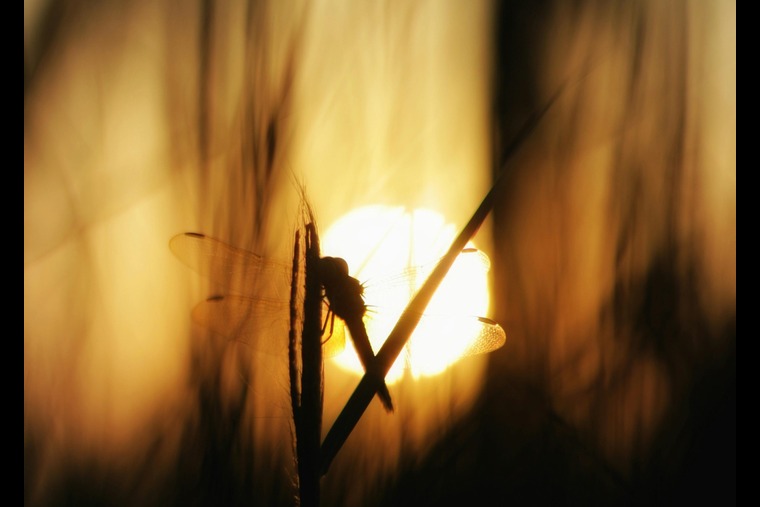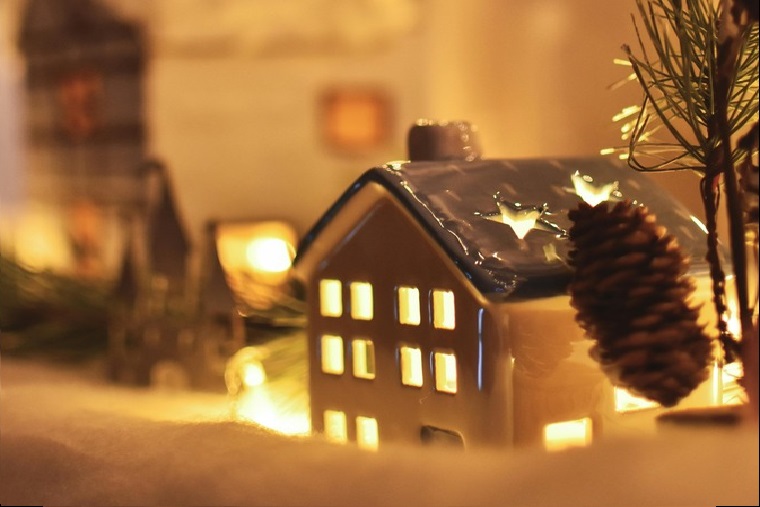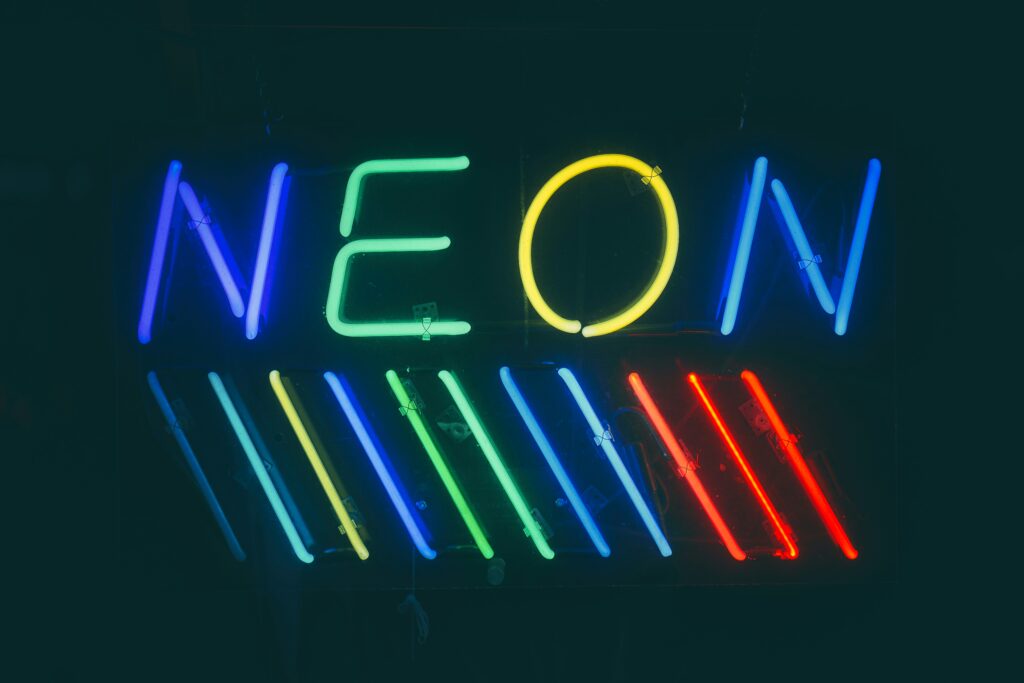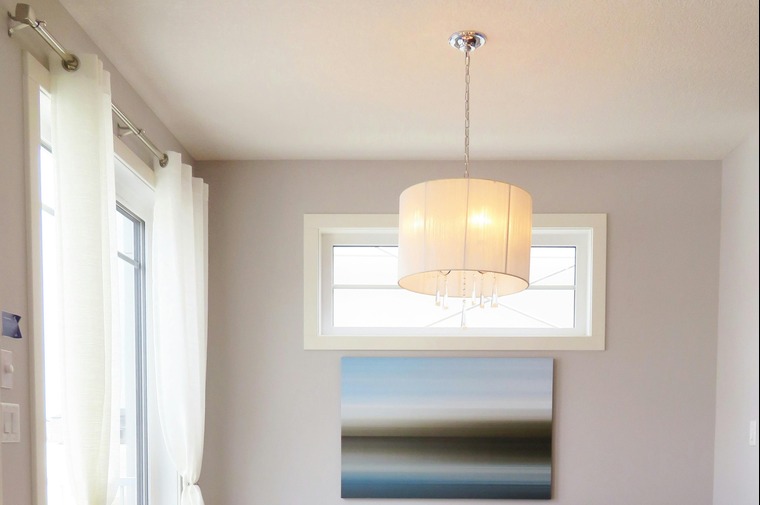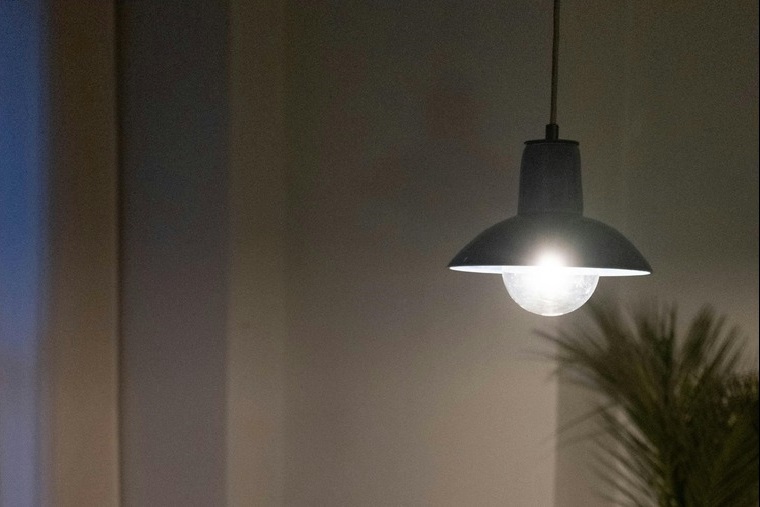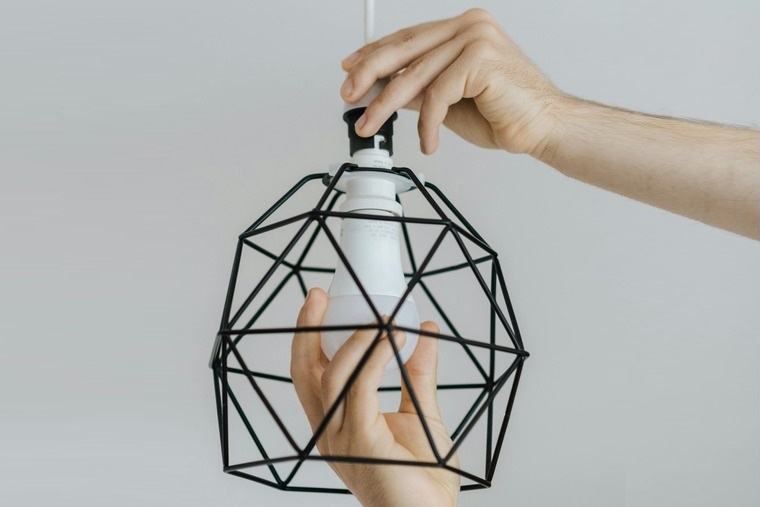Have you ever noticed how bugs fly towards lights on a summer evening? Whether it’s your porch light, a street lamp, or even your phone screen, they just seem to love light! But why do bugs do this? What is it about light that they like so much? Why Does Light Attract Bugs?
The Science Behind Light and Bugs
Phototaxis
Bugs use light to find their way around, which is called phototaxis. This means they react to light in two ways: some are drawn to it, while others avoid it. Many flying insects, like moths, flies, and beetles, are naturally attracted to light. They fly towards light, helping them navigate, especially at night. This instinct guides their movement.
Natural Light for Navigation
In nature, bugs use the sun or moon to guide their way. For example, moths use moonlight to fly straight at night by keeping it at a constant angle. But artificial lights, like porch lights, confuse them. When bugs fly towards these lights, they get disoriented and start circling around them in spirals, unable to fly straight. This traps them in a never-ending loop around the light.
Heat and Brightness:
Some bugs, like mosquitoes, are drawn to lights because of the heat they give off. This warmth tells them that food, like humans, might be nearby. Bright lights also attract bugs from far away, making them easier to spot. The combination of heat and brightness makes certain lights irresistible to these pests. This is why mosquitoes often swarm around bright, warm lights.
Why Moths and Other Insects Are More Affected
Moths are famous for flying towards lights, but they’re not the only ones. Beetles, flies, and mosquitoes also get drawn to light. Actually, any insect that flies might be attracted to light. Even some bugs that live on the ground, like ants and cockroaches, might occasionally get lured in by bright lights, although it’s not as strong of a pull.
Why Are Bugs Attracted to Artificial Light?
Bright Lights and Bugs’ Sensory System
Nocturnal insects have very sensitive eyes that can see light in ways we can’t, especially ultraviolet (UV) light. Many artificial lights emit UV light, which is much more visible to bugs than to us. This makes bugs, like moths, especially drawn to these lights. Light bulbs in bug zappers or porch lights emit a lot of UV light, acting like a big, bright signal that attracts insects
Mating Behavior
For some insects, light is linked to mating behavior. For example, fireflies use their natural light to attract mates. Artificial lights can confuse these insects or disrupt their mating rituals. Bugs are also attracted to the warmth from lights, which can signal food or a good place to rest. This is why many insects gather around light sources.
Food and Shelter
Light can signal to bugs that food, warmth, or a safe place to stay is nearby. Many insects are drawn to light because it can mean there’s something beneficial in the area. For instance, heat from a light can suggest a good spot to rest, while bright lights might indicate a food source. This natural attraction helps them find what they need to survive.
Instinctual Behavior
Some insects are naturally drawn to light, a trait they may have inherited from their ancestors. This built-in attraction helps them find food, mates, and safe places to rest. Over time, this behavior has stuck around because it helps them survive. So, when you see bugs buzzing around lights, it’s just them following their instincts.
Which Bugs Are Most Attracted to Light?
- Moths: Moths are famous for flying towards lights. They usually navigate using the moon, but artificial lights confuse them.
- Flies: Flies, like houseflies and fruit flies, are drawn to light and warmth, but they don’t stick around as much as moths.
- Beetles: Some beetles are attracted to light, especially ultraviolet light. They might think it’s food or a chance to mate.
- Mosquitoes: Mosquitoes don’t go for light as much as moths or beetles. They’re more into carbon dioxide from our breath, body heat, and smells, but they might still buzz around lights if people are nearby.
- Other Insects: Ants, cockroaches, and other bugs might go to light looking for warmth or food, but they’re not as strongly attracted to it as flying insects are
Types of Light and Their Effect on Bugs
Incandescent Lights
Incandescent bulbs are well-known for attracting bugs. They give off a wide range of light, including a lot of heat and ultraviolet (UV) light, which many insects find very appealing. The warmth and brightness of these lights make them especially attractive to bugs.
Fluorescent Lights
Fluorescent lights attract fewer bugs than incandescent bulbs, but they still pull them in. These lights give off less heat, but they still produce some UV light that insects can see. How much they attract bugs depends on the type of fluorescent light and how much UV light it gives off.
LED Lights
LED lights usually attract fewer bugs. They don’t give off much heat and can be made to shine in certain types of light. LEDs that give off warm or cool white light with little or no UV light are less likely to draw insects. This makes LED lights a good option for outdoor lighting if you want to keep bugs away.
Yellow “Bug” Lights
Yellow bug lights are made to attract fewer insects. They shine a yellow light, which most bugs can’t see very well. While they don’t keep all bugs away, they help a lot in reducing the number of insects that come near.
Light Characteristics That Attract Bugs
Intensity
Brighter lights usually attract more insects. The strong light is easy for bugs to notice from far away, drawing them in. So, the brighter the light, the more bugs you’ll likely see around it.
Color
UV, blue, and green lights attract more insects compared to red or yellow lights. Bugs are more drawn to these colors, making them gather around those types of light more often. So, using red or yellow lights can help reduce the number of bugs
Wavelength
Insects are more attracted to shorter wavelengths like UV and blue light. They don’t respond as strongly to longer wavelengths like red and orange. So, using lights that emit longer wavelengths can help reduce bug attraction.
Movement
Bugs are often more drawn to flickering or pulsing lights than steady ones. The movement catches their attention and makes them more likely to approach. So, lights that flicker or pulse can attract more insects compared to those that stay constant
The Impact of Light Pollution on Insects
Too many lights at night harm insects and the environment. Insects need darkness to survive, but excessive artificial lighting confuses them. This makes it harder for them to find food, partners, and hiding spots. For instance, moths get trapped by streetlights, making them easy prey. Artificial lights also disrupt the love lives of fireflies, which use light to find mates. This can have serious consequences for insect populations.
How to Minimize the Attraction of Bugs to Lights
- Use Yellow or Red Light Bulbs: Bugs, especially moths, aren’t as drawn to yellow or red lights compared to white or blue lights. So, switching to these colors can help keep bugs away when you’re outside.
- Turn Off Lights When Not in Use: If you’re not using a light, turn it off. This will help reduce the number of bugs that come around.
- Use Bug Screens: Put up bug screens on your windows and porches. This keeps bugs out of your home, even if they’re attracted to the outdoor lights.
- Choose Bug-Repelling Lights: Some lights are made to be less appealing to bugs. These lights have a special spectrum that keeps insects away.
- Consider Bug Zappers (with caution): Bug zappers can kill bugs near your light, but they also attract more bugs. Use them carefully if you decide to.
Conclusion
Yes, light does attract bugs, especially flying ones. Many insects use light to find their way, but artificial lights confuse them. Bugs are mostly drawn to lights that give off ultraviolet (UV) light, but not all bugs react the same. Some are attracted to the warmth, while others might think the light means food or a mate. With more artificial lights around, especially in cities, bugs are being affected more than before. To keep them away, try using yellow or red bulbs, turning off lights when you don’t need them, or putting up bug screens

